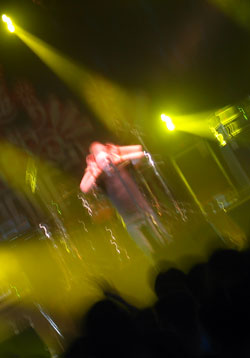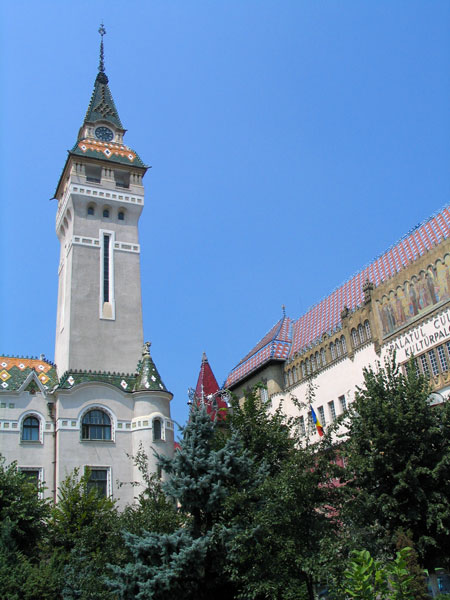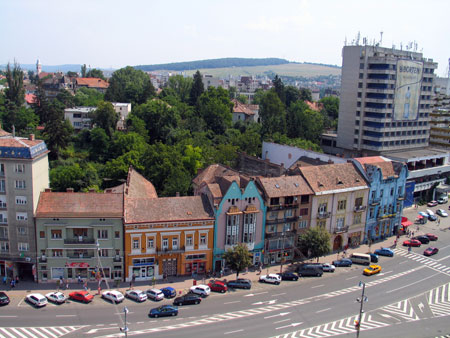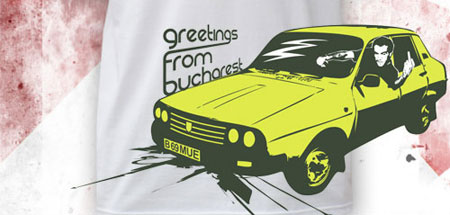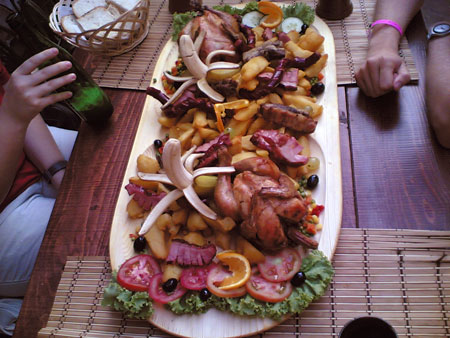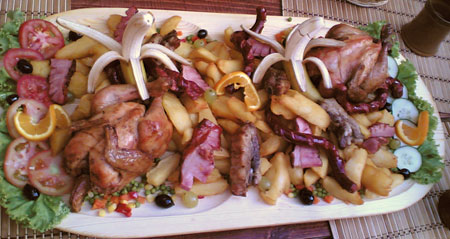Romanian summer hits
Here are some great Romanian music videos I had the pleasure of coming across in the past few weeks. They say plenty about Romania so let’s get down to business.
Of course that every second neighborhood in a Romanian city houses Mexican restaurants, sparks Cuban revolutions, sports Puerto Rican flags and kicks it daily in freshly groomed low riders. These barios are full of blinged up Eastern Europeans calling each other “bandolero” or “cabron” while grabbing their crotches and asking a mamasita to the left to shake it, albeit slightly. They are against immigration reform and live their lives con mucho passion, connecting Romanians to its reggatonic roots. Escuchalo! The “sensuous Alex and the romantic Pachulo” are Chicanos. The song is called: “En mi corazon.” (In my heart)
Sisu & Puya with CIA: “Ce mai vrei.” (What else do you want) This is Romanian gangsta rap at its finest. As this song came out, the Sisu character was in prison for drugs. The lyrics talk about Romanian intelletuals being disconnected and make the observation that too much school makes people incaple to adapt to life. Notice the guy flexing his abs until he pops a blood vessel. The song features CIA–not the American one but the one from Craiova as the song helpfully explains.
Yes, this next one is for the clubbing generation. There are maybe a dozen songs this summer that sound so much alike that it’s scary. They even look very much alike with a bunch of trendy people overwhelmed by their sense of cool jumping and dacing in the streets and on buses. Which happens every day in Romania–we are so happy we could dance our lives away. Crush and Alexandra Ungureanu: “Aprinde dragostea.” (Light the love)
Can you spell sex? Look at the great moment when oil shoots out a guy’s canister as the hot woman takes her laundry home (or to the laundromat). The imagery must be inspired by early 1900s Italy, which is more props to our Roman heritage and our national ability to integrate foreigness into our culture. Simplu, “Oficial imi merge bine.” (Officially, I’m doing fine).
Andra, “Ramai cu mine” (Stay with me). Andra has rebranded herself as a Romanian Kelly Clarkson, complete with eyeliner extraordinaire, very torn up clothes and some God and punishment imagery. There is so much pain on Andra’s face that I want to give the poor woman some morphin. Carpathian love all the way.
Cleopatra is three and sings about missing and loving Ghita. Cleopatra Strahan, “Ghita.”
Laura is one of our national Smut Treasures. I have no idea if anyone ever broadcast this video but you have to see it to believe it. “Climb the Mountain of Venus, so I can feel the explosion,” goes the chorus. “I’m not just a dream, touch my clitoris” go the first two lines. Not to mention the limagery of the last 30 seconds or so. Laura Andresan, “Muntele Venus.”
 I know that my “expertise” is saying stuff about Romania, but there are some passions lingering from my childhood that I just can’t shake.
I know that my “expertise” is saying stuff about Romania, but there are some passions lingering from my childhood that I just can’t shake.